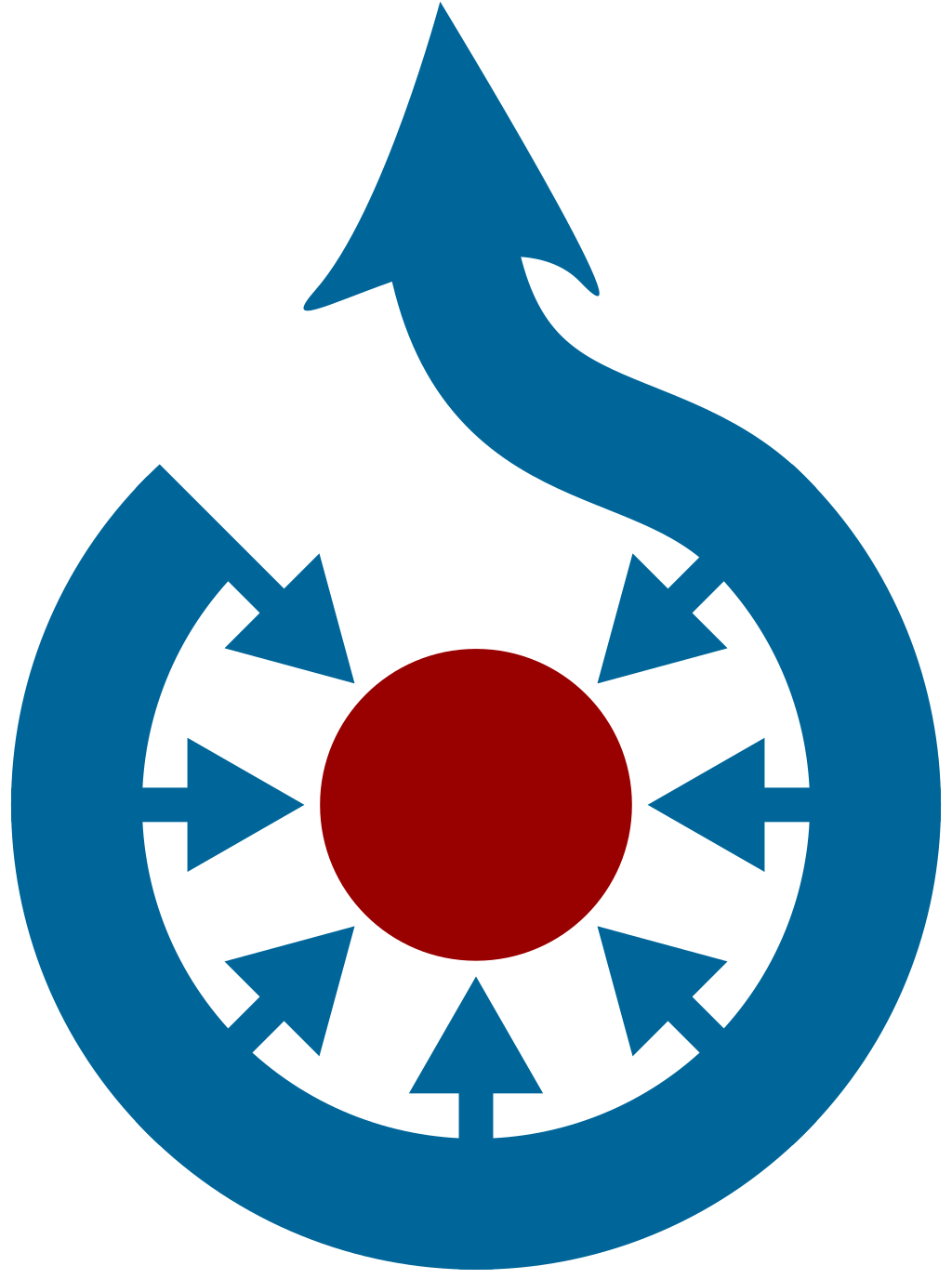
David with the Head of Goliath
Artist/Maker
DatesMade: Made 1620s
Material / Technique
Dimensionsh x w: Mått 160,7 x 99,1 cm h x w x d: Ram 190 x 127 x 10 cm ungefärligt mått
Inventory numberNM 7280
AcqusitionPurchase 2014 Wiros Fund
Other titlesTitle (sv): David med Goliats avhuggna huvud Title (en): David with the Head of Goliath
DescriptionDescription: The Bible describes how David kills Goliath with a pebble from his sling, before decapitating the giant. Here, David gazes down at the viewer with unwavering self-confidence. The cruel aspects of the story are toned down. Instead, focus is on the rich colours and liquid brushwork of the vaguely all’antica costume. Fetti used the young Ferdinando Gonzaga, Duke of Mantua, as model for David, adding a political dimension to the painting. Press text: New acquisition, November 2014: David with the Head of Goliath by Domenico Fetti The Nationalmuseum’s collection of Italian paintings has been augmented by the significant addition of Domenico Fetti’s David with the Head of Goliath. The artist today counts as one of the truly important Italian Baroque painters. Domenico Fetti was born c.1588/89 in Rome, where Caravaggio’s dramatic chiaroscuro painting made a deep early impression on the young artist. In 1613 he was invited to serve as court painter to Cardinal Ferdinando Gonzaga, when the latter became Duke of Mantua. Here the artist studied works by Peter Paul Rubens, as well as those by Giulio Romano and the Venetians of the previous century, Titian and Tintoretto, whose rich colours and painterly brushwork increasingly informed his own work. In 1622 Fetti moved to Venice, where he died the following year. During his tenure as court painter at Mantua, Fetti created this striking composition. It depicts the Old Testament story of the shepherd boy David, who triumphed over the giant Goliath, a subject earlier made popular by Caravaggio. Using a stone from his sling, David killed the champion of the Philistines and then decapitated him with his own sword. Here, at the conclusion of the drama, a triumphant David holds the massive, severed head of Goliath, grasping his hair in one hand and the oversized sword in the other. In the background, the headless corpse of the slain enemy lies upon the battlefield as the Philistines are being routed by the Israelites. David is portrayed as a strong young man who will soon become king of Israel. He gazes down at the viewer with unwavering self-confidence as a gust of wind animates his feathered cap and the sky behind him. The cruelty of the event has been toned down in favour of a rather elegant, theatrical interpretation. Especially striking is the way Fetti accentuates David’s fanciful all’antica costume and accessories. The folds of his white linen shirt are rendered with ostentatious virtuosity, while also emphasizing the naturalism of the muscular body underneath. The swift and fluid brushwork, and the numerous pentimenti, strongly suggest that this was the first of the two known closely related versions of this composition. Interestingly, the portrait-like features of the model suggest that the image was painted in homage of one of the young princes of Mantua, thus giving it a political dimension. This superlative painting, which comes from a Swedish collection, has not been shown to the public since the exhibition Konstens Venedig held at the Nationalmuseum in 1962/63. It represents an important rediscovery. The acquisition was made possible through a generous donation from the Wiros Fund. Nationalmuseum has no budget of its own for new acquisitions, but relies on gifting and financial support from private funds and foundations to enhance its collections of fine art and craft.
Exhibited
Motif categoryReligion/Mythology
Collection
TechniquePainting
Keyword









